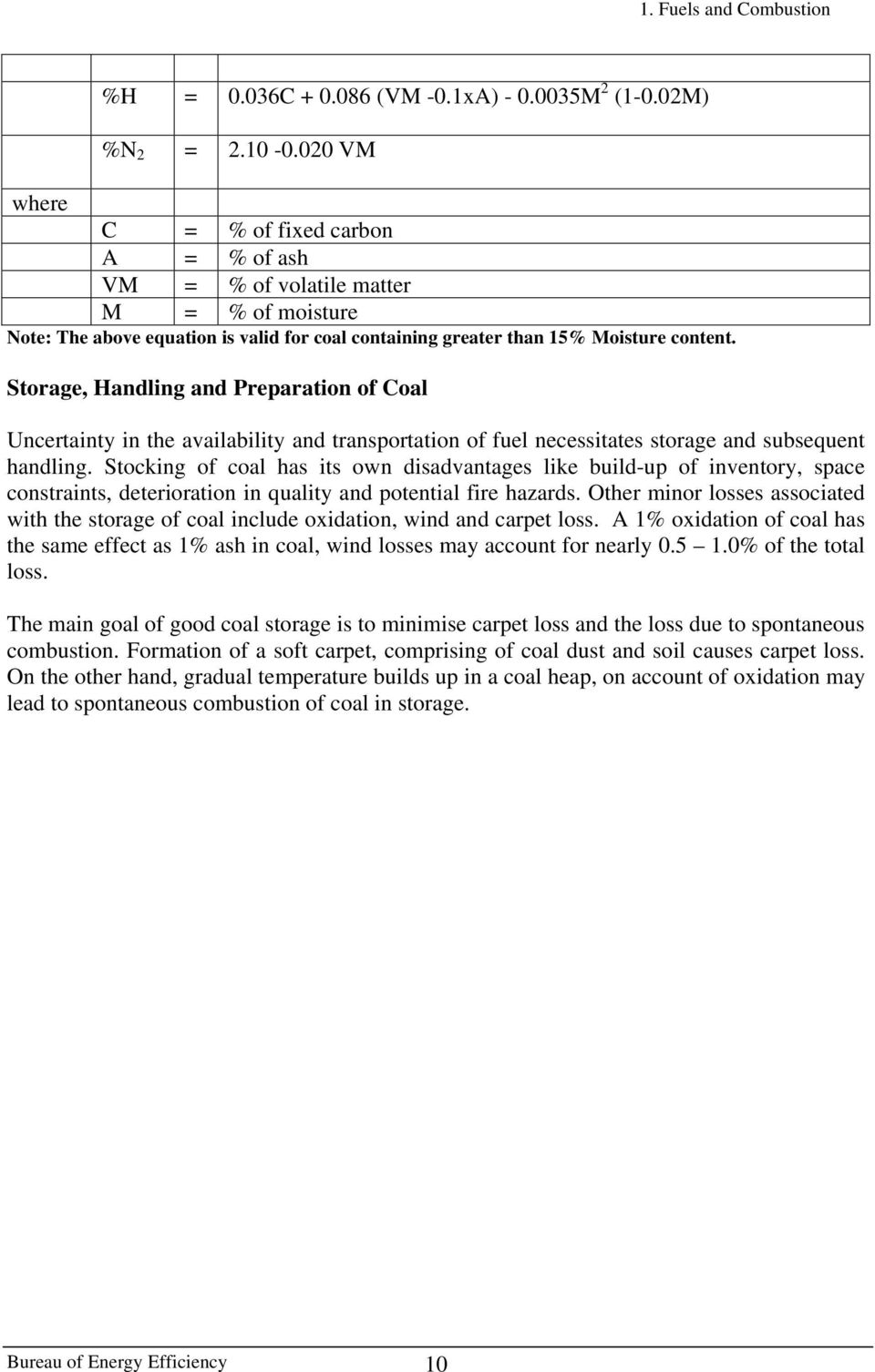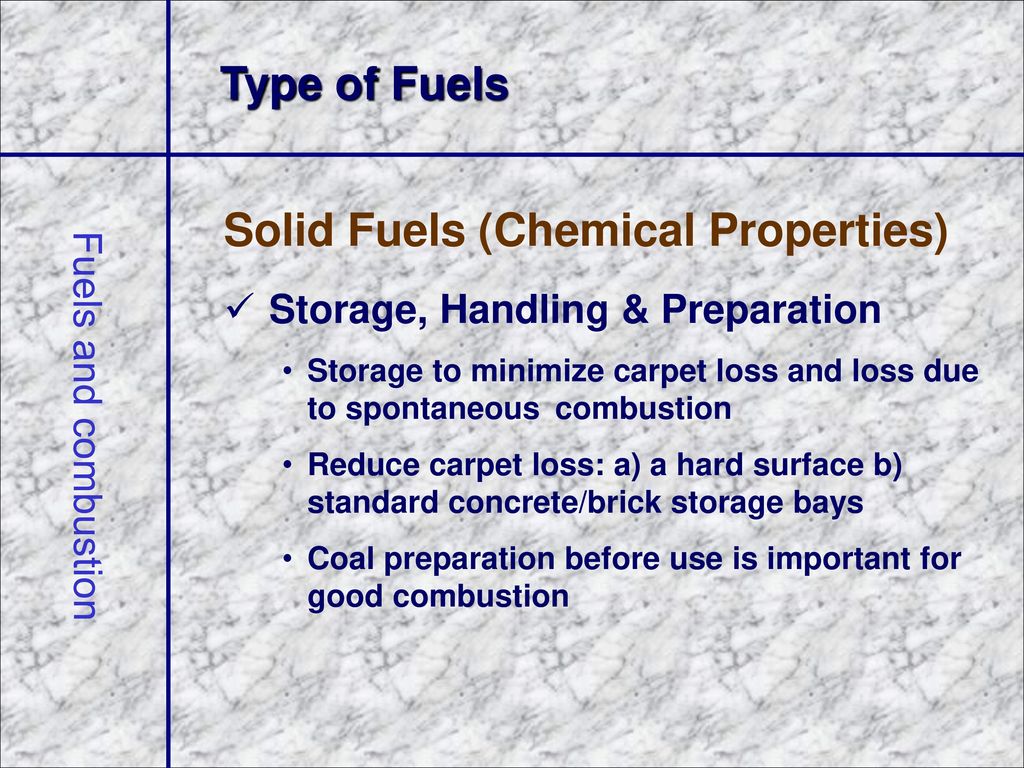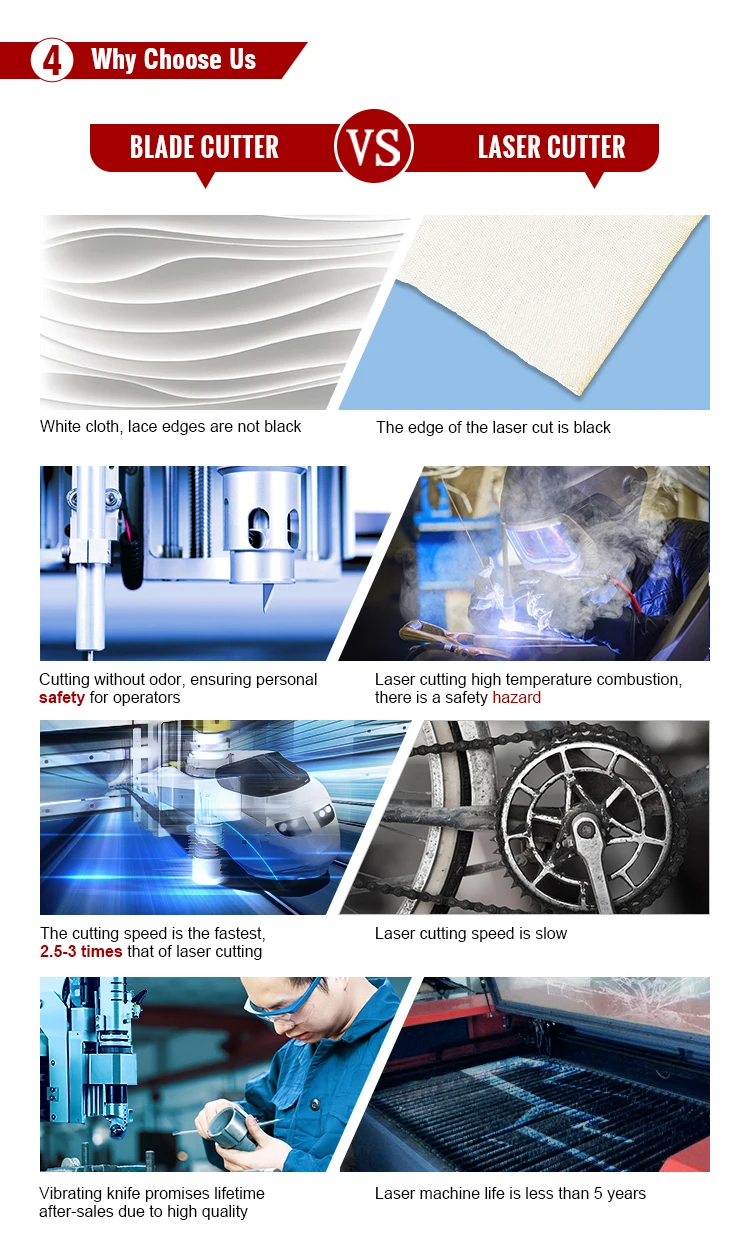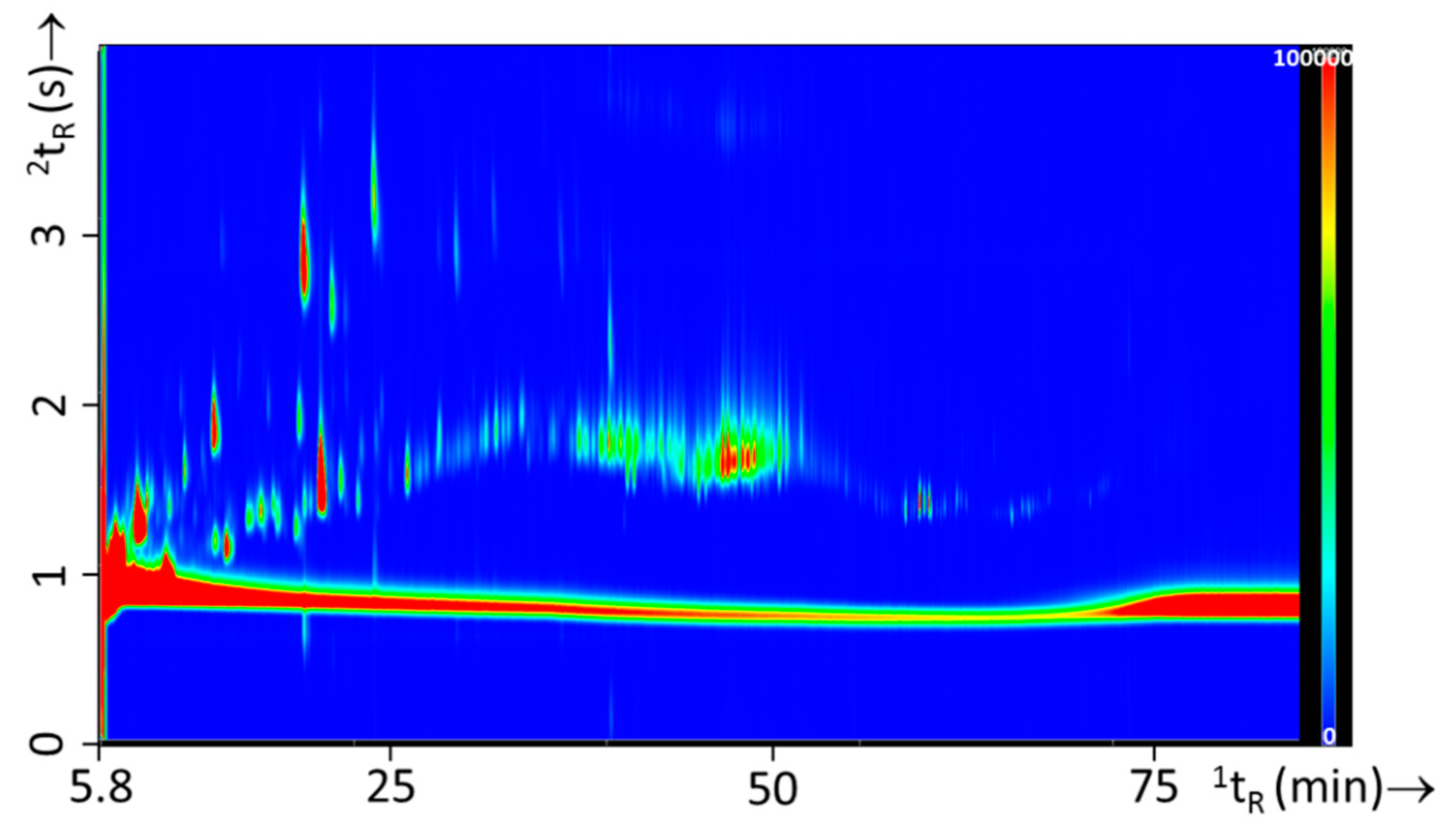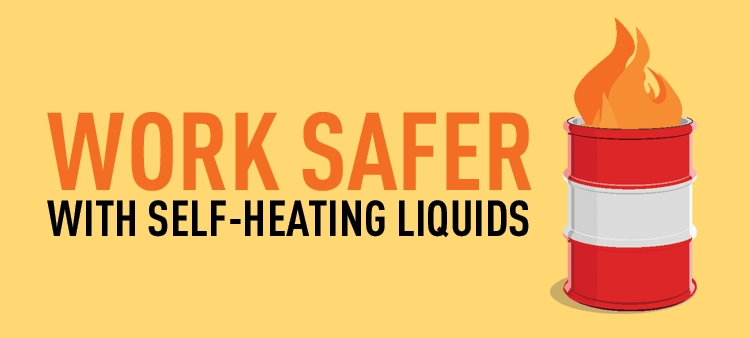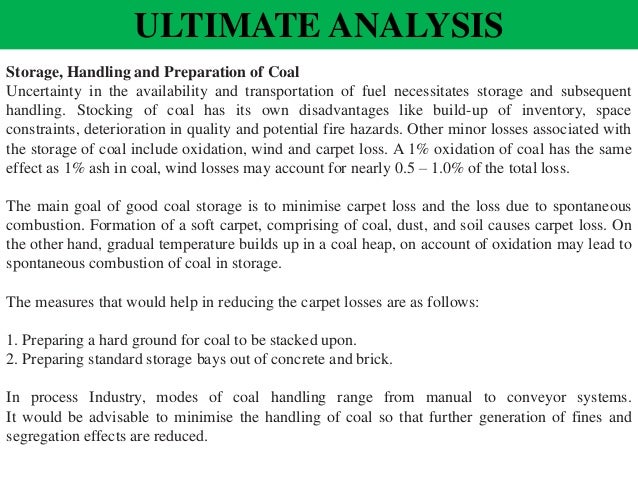Carpet Combustion Temperature
The carpet flammability standards describe the apparatus and procedure to be used to test carpets and rugs for compliance with the standards.
Carpet combustion temperature. An older radiator that uses steam can reach 215f to 220f. In the faa test convected heat released during flaming combustion is calculated from the temperature rise of an air stream flowing past a standard sized sample of the burning material. In terms of stn en 13501 11 flooring materials represent all classes of flammability from non flammable class a concrete granite etc to flammable class f. Different initiating combustion temperature rate of flame spread mass loss and chemical composition of emissions that are released during combustion.
At the time the carpet standards were issued some carpets and rugs were treated with fire retardants or made from fibers that were treated with fire retardants. Carpet combustion yielded higher no emissions than coal and particle board combustion consistent with its higher nitrogen content. The vaporization percentage with pvc addition increased from 47 to 71 for zn from 45 to 65 for pb and from 24 to 43 for cu when the combustion. When you say rug if you mean you.
The pfoa emission results across six runs 1 natural gas only combustion blank 2 untreated carpet 2 fluorotelomer treated carpet with reported fluorine level of 0 3 by mass 1 fluorotelomer. A modern radiator will rarely reach a temperature above 180f. Ignition temperatures of materials auto ignition temperature the minimum temperature required to ignite a dry material in air without a spark or flame being present. Faa regulations were developed for both effective heat of combustion and heat release rate of large area cabin materials 2 3.
So 2 emissions were highest for coal combustion consistent with its higher sulfur content than carpet or particle board. So is the auto ignition temperature of your carpeting less than 220f. Adding water to carpet slowed its burn time and reduced variability in the emission. This is a list of flame temperatures for various common fuels.
Adiabatic flame temperatures for common gases are provided for air and oxygen. See 16 cfr 1630 4 and 1631 4. I doubt it is. Combustion temperature is a significant factor for heavy metal vaporization.












